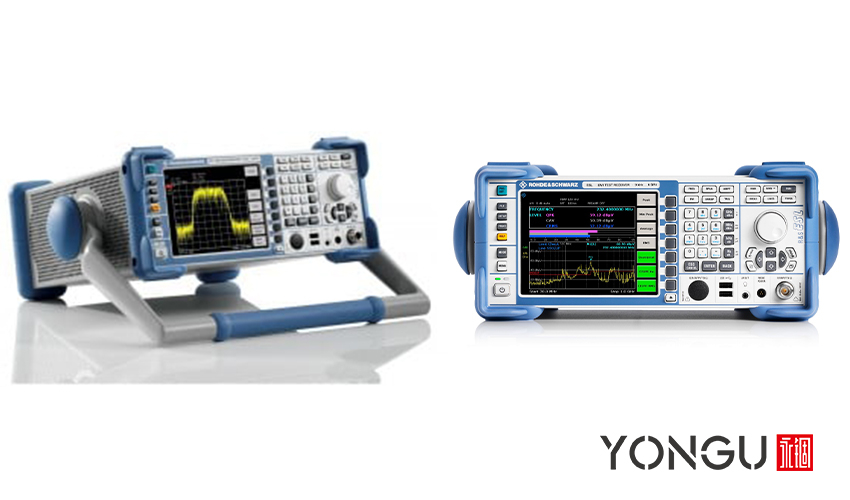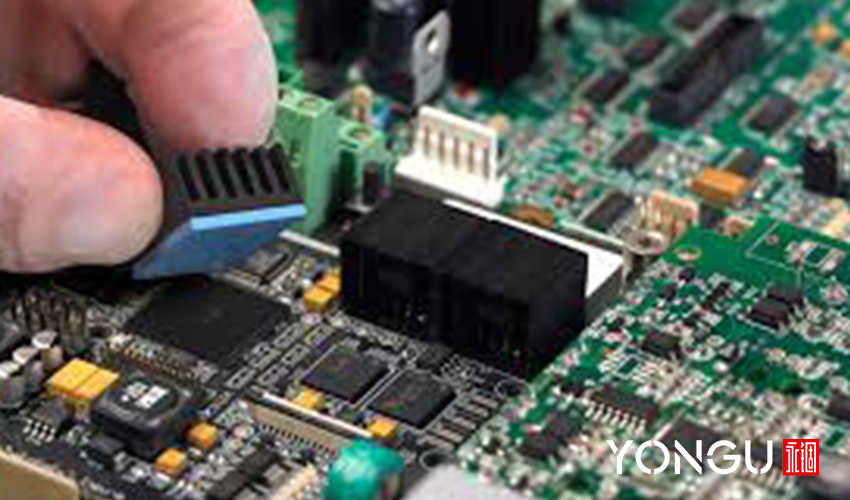Electromagnetic interference, or EMI, is described as electromagnetic radiation that disrupts an electronic device's regular operation. While external factors like lightning and solar radiation occasionally cause electromagnetic interference (EMI), electronic devices and electrical systems are typically to blame.
Mobile phones, burners, motors, and LED displays are all examples of equipment and devices that are more prone to cause EMI than others.
Products are often designed to work in the presence of electromagnetic interference (EMI), as it is unusual for electronics to operate in a wholly shielded environment. Instruments used by the military, aviation industry, or any other field where absolute trustworthiness is essential would benefit significantly from this feature.
EMC MEANING
A device's electromagnetic compatibility (EMC) is its capacity to function normally in its shared operating environment without interfering with the normal functioning of other devices in the same environment.
Both forms of electromagnetic compatibility (EMC) are critical to any system's design and engineering. Safety concerns, defective products, and data loss are just a few issues that can arise from insufficient EMC planning. Since engineers need a more accurate image of how a device will function in the field, many types of EMC & EMI testing equipment have been created.

THE IMPORTANCE OF EARLY CONSIDERATION
It is crucial to keep electromagnetic compatibility and interference during the design process. The requirement for costly and time-consuming redesigns to pass EMC/EMI specification testing and prevent product failure can be avoided if these factors are considered early in the product development process.
However, testing can be complicated by varying standards in the United States and the European Union and by divergent understandings of what electromagnetic compatibility (EMC) and electromagnetic interference (EMI) entail. In addition, the product must consider any applicable industrial or military requirements, which vary based on the intended market.
Testing for electromagnetic susceptibility or immunity entails analyzing a device's response to electromagnetic radiation and its tolerance to environmental noise.
On the other hand, Emissions testing may offer a precise assessment of the volume and nature of the noise produced by a device and can determine whether or not it poses a threat to other electrical items through electromagnetic interference (EMI). We're talking about the electromagnetic compatibility (EMC) threshold here.
ADVANTAGES OF EMC & EMI TESTING
EMI and EMC testing must be completed to launch a new product successfully. The following are some of the benefits of doing so.
Improves Durability
By passing EMC testing, manufacturers may be confident that their products will meet or exceed industry standards. Because of this conformity, the product is more reliable, which boosts an engineer's pride in their work and encourages customers to stick with the brand.
Enhances Security
The penalties for incorrectly predicting a product's EMC have historically been severe. Safety concerns, product failure, data loss, and other undesirable outcomes may all be avoided with proper EMC testing.
Mitigation of Warranty Concerns
Several regulatory bodies have set standards for electronic device compliance. Without passing the necessary EMC tests, a product will not be approved for release to the public. Problems with the warranty may arise if EMC testing is neglected.
Highlights Other Potential Problems
Early detection of any harmful interaction between the electronic gadget and the electrical system is made possible by EMC testing. Any issues with the gadget may be addressed and fixed before mass production begins.
Minimization of Expenses
In the long run, both the servicing and manufacture of the product can profit from using comprehensive EMC testing equipment. The gadget will have a reduced chance of unexpected maintenance and cheaper service charges if its dependability is improved and possible concerns are revealed early on.

TYPES OF EMC & EMI TESTING
Since EMI may influence power supply in two ways (radiation and conduction), complete EMC testing needs to account for both types of interference. To ensure the gadget will operate as designed in its surroundings, it must undergo radiated and performed EMI immunity testing. At the same time, the two forms of emissions testing assist guarantee that the device's radiated and conducted emissions won't disrupt other electronic devices.
Radiation and conduction measurements of EMI emissions and immunity are possible, depending on the product under test.
Immunity Testing
The vulnerability of a product to electromagnetic interference (EMI) is measured by conducting immunity tests, which examine how it responds to both constant and intermittent electromagnetic energy sources. To test the reliability of the power supply, we subject the device to electromagnetic noise of varying frequencies, which mimics a power spike.
- Radiated immunity: The degree of electromagnetic radiation the gadget will be subjected to in its typical functioning environment is simulated in these tests.
- Conducted immunity: This procedure evaluates the product's behavior when subjected to electromagnetic radiation produced elsewhere but inadvertently sent to it via cable.
Emissions testing examines the electromagnetic interference (EMI) caused by the product, checking that the device's internal electrical systems emit no more than what is allowed. Engineers can determine how much electromagnetic noise a piece of equipment produces using antennas, amplifiers, and spectrum analyzers.
- Radiated emissions: This procedure quantifies the EMI radiation emanating from a device to ascertain if its emissions are within the allowed range for its dimension and power output.
- Conducted emissions: This condition is characterized by how much electromagnetic radiation is being produced internally that might potentially be sent via a wire and disrupt other systems.

As a leading manufacturer, YONGU provides cutting-edge Power and EMI filter solutions in various industries, all housed in robust enclosures that have passed stringent EMI and EMC tests. Multiple safety criteria can be met by using our enclosures.
The increasing prevalence of electronic gadgets has made effective EMI shielding more crucial than ever. To prevent interference with your equipment, you should consider investing in an EMI and EMC shielded enclosure suitable for keeping sensitive electronics.
Our metal electronic enclosures protect against high-frequency EMI. YONGU design and analysis tools let you guard against interference.
Customers may choose from various aluminium enclosures offered by YONGU, such as those with standard designs well-suited for the manufacturing environment and inexpensive boxes. Thanks to its low weight and high durability, Aluminum is a popular choice for portable housings.
Combined with the IP65 certification and other protective services, these features make YONGU sheet metal boxes ideal for electromagnetic interference (EMI) shielding.
YONGU offers three distinct metal enclosure box types, which may be modified in size and shape to suit the user's needs. For further information and customized product of your requirements, please follow our FACEBOOK for more updates and informations.
You can also contact us at +86 13326782625 or write us [email protected].



